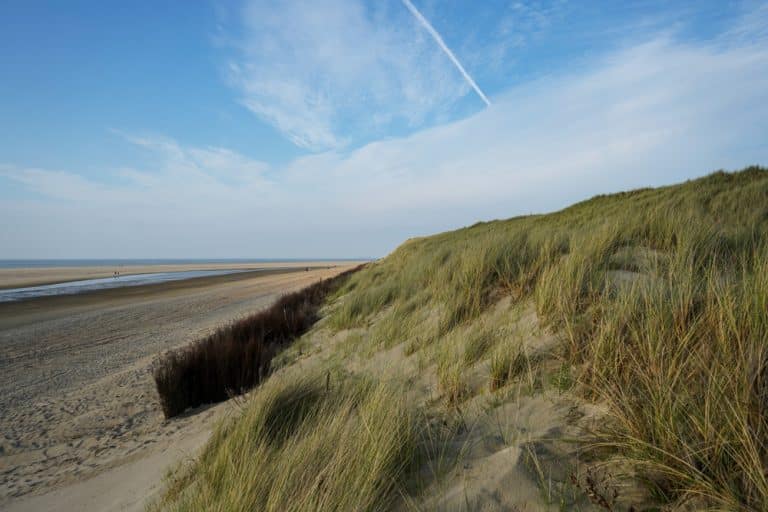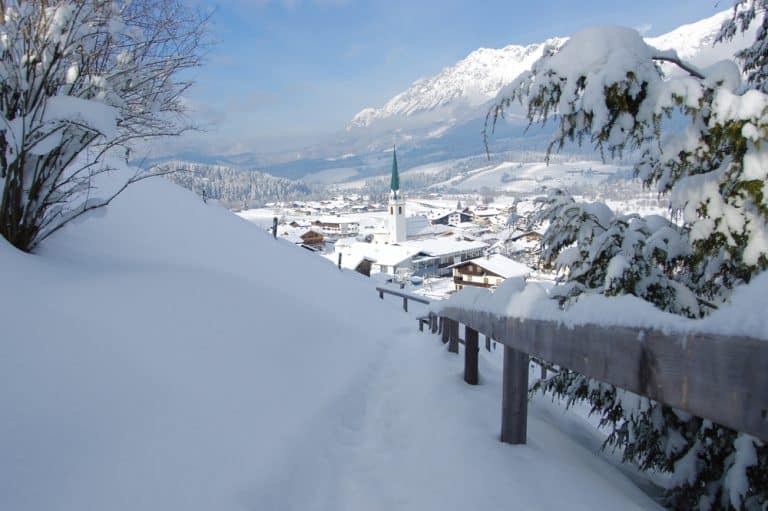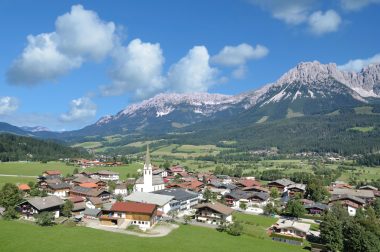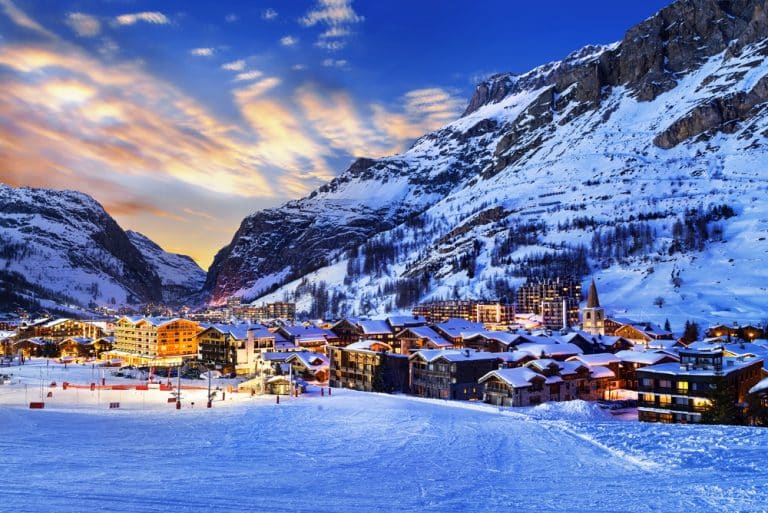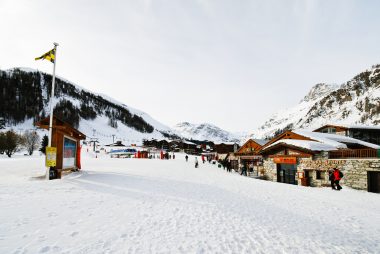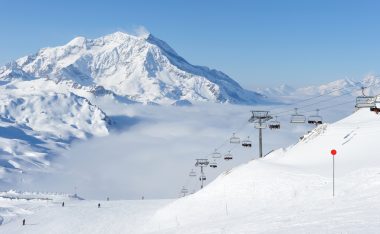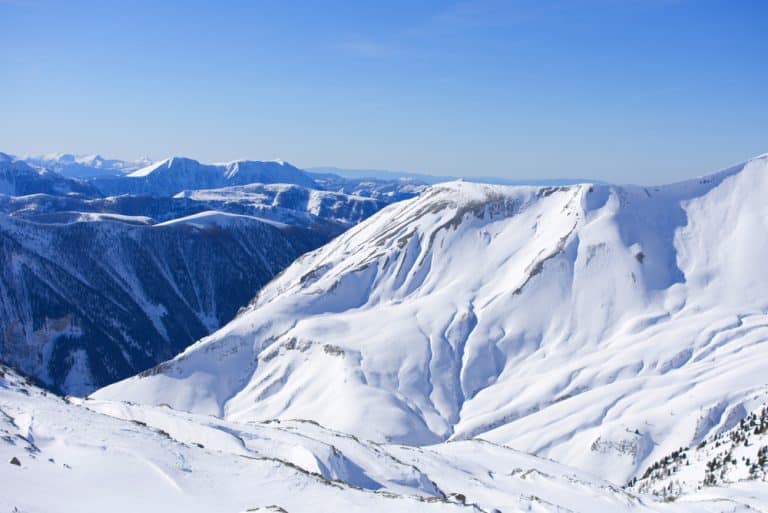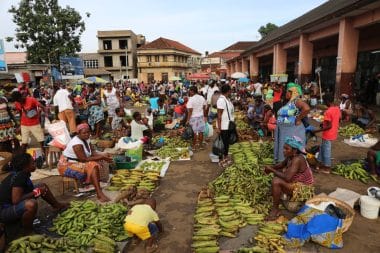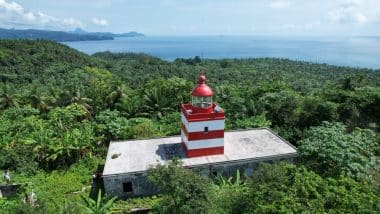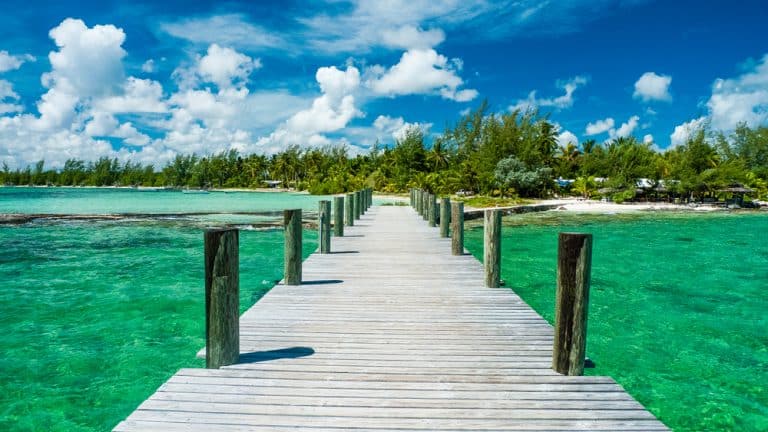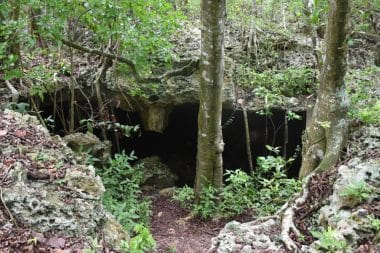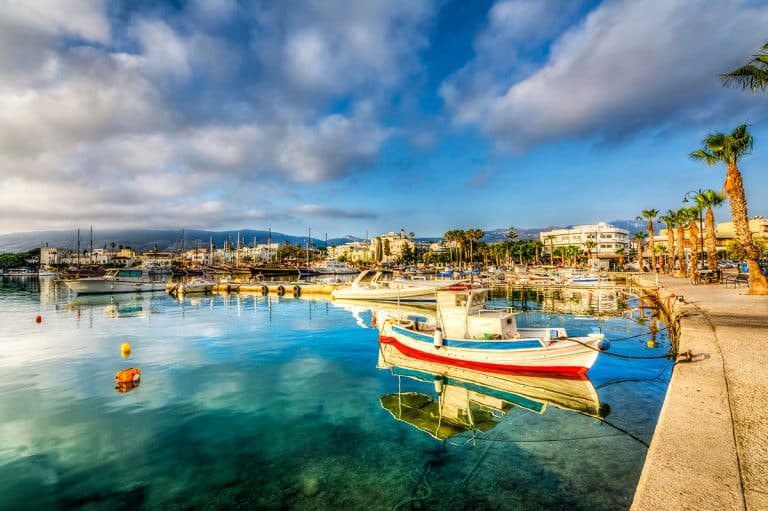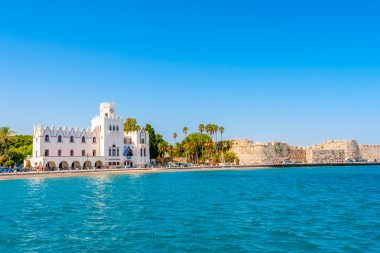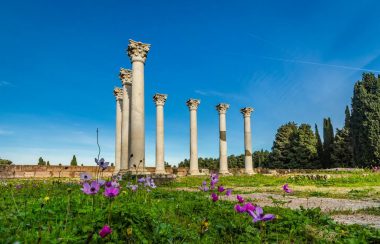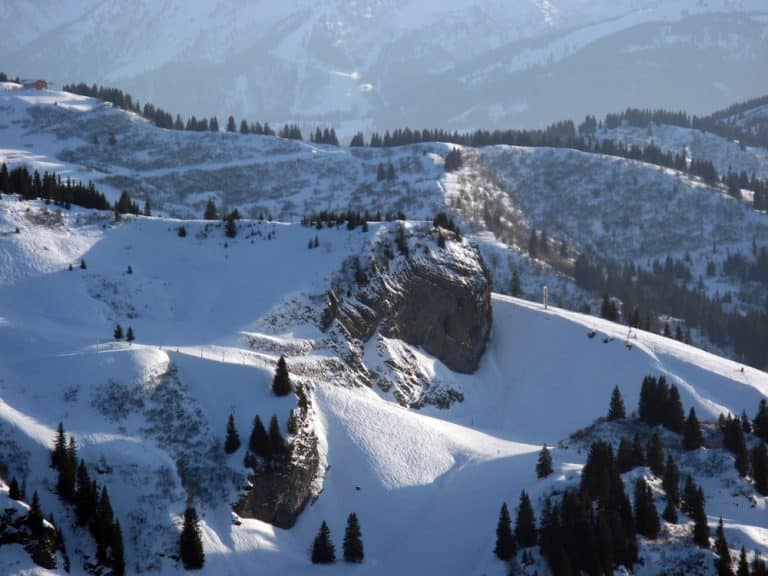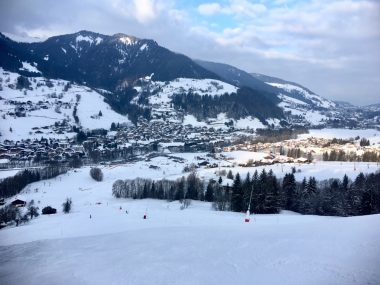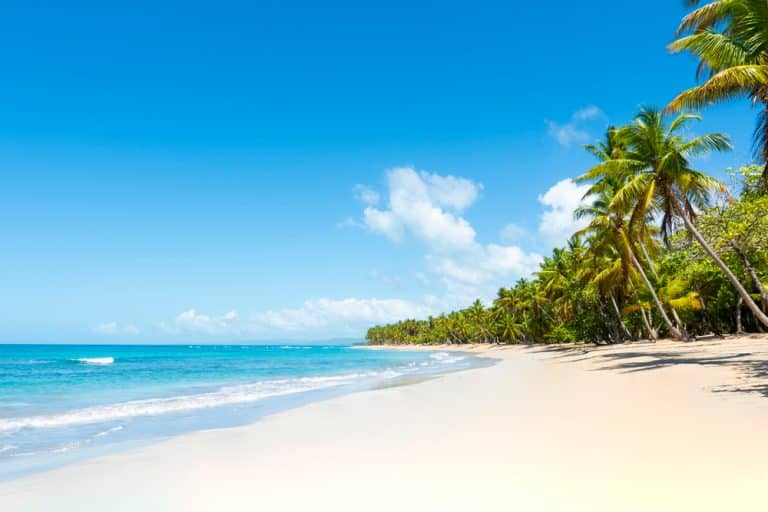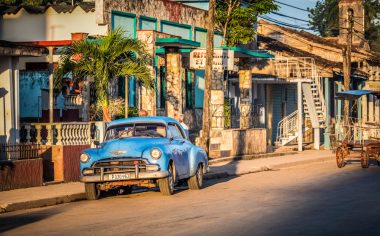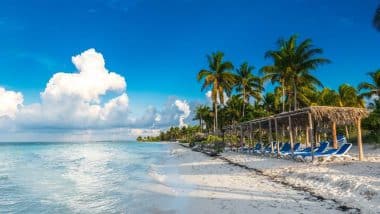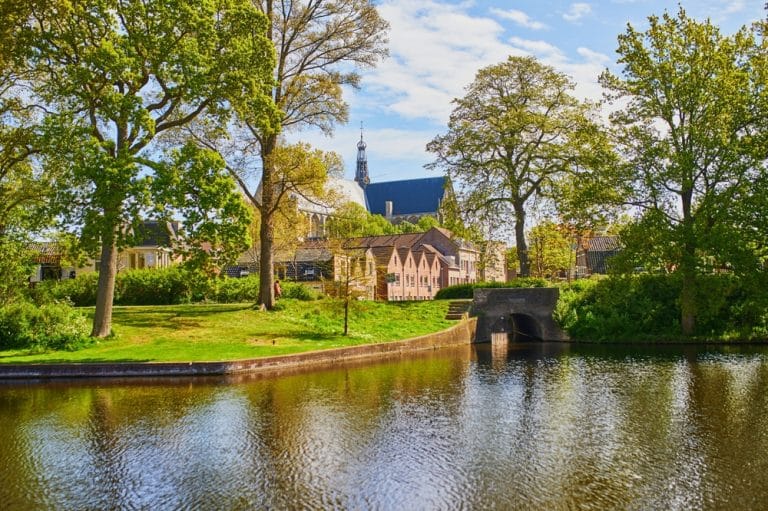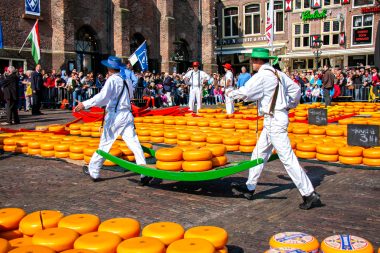Spiekeroog is located between the islands of Langeoog and Wangerooge in the Wadden Sea in Lower Saxony and belongs to the district of Wittmund. Except for a few logistics companies such as The post office and the emergency vehicles of the volunteer fire brigade and the ambulance, the island of Spiekeroog is completely car-free. The population of the island is 850 inhabitants. Tourism is the central economic factor – the island is visited by about 600,000 holidaymakers every year.
The most popular sights of the island
Old Island Church
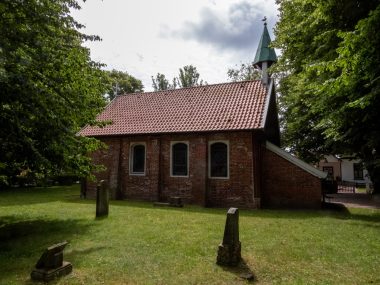
The Evangelical Lutheran church was built in 1696 on Spiekeroog and is therefore the oldest surviving house of God on one of the East Frisian islands. It forms the heart of the island, is homely and cozy, so that you can feel quite secure. Services take place from the beginning of November to mid-March, but baptisms, weddings and funerals of islanders are held throughout the year.
However, non-residents with a “special island connection” can also be married in the Old Island Church. A prominent example of this was the Federal President Johannes Rau, who married in this church in 1982. Tip: It is only open at a few times, so check the schedule beforehand if you want to enter the church.
Museum horse-drawn tram
Spiekeroog is home to Germany’s only museum horse-drawn tram. As early as 100 years ago, this railway took passengers from the former station to the Westend. The drive through the salt marshes to the former Herrenbadestrand takes about 12 minutes. This experience is great for young and old. Tip: In the summer months, the train runs every hour from 12:00 to 16:00.
National Park – Haus Wittbülten
In this national park you can discover the Wadden Sea habitat and is especially interesting for the little ones, because in many places touching is extra desired and allowed. The nature trails and the aquarium with local fish and varied events are particularly sensational. Information on opening hours and current exhibitions can be found on the website of the National Park.
Island Museum
In an old captain’s house, in the middle of the village, the small island museum is housed. There you can learn a lot about the history of Spiekeroog, its shipping, sea rescue and about the customs and traditions of the islanders. The opening hours are daily except Tuesdays (closed day) from 3:00 p.m. to 5:30 p.m.
Dune Spa
In the Dünenspa on Spiekeroog you will find everything that pampers the body, is healthy and touches the senses. Not only the wide range of offers, but also the natural architecture invite you to linger. In the sauna area, you can enjoy beautiful dune panoramas alone, as a couple or as a family. You can find the opening hours on the spa’s website. Tickets should be reserved in advance.
Lower Saxony Wadden Sea National Park
After the rainforest, the Wadden Sea is the largest ecosystem on earth. There are about 4,000 different plant and animal species to discover here. The Wadden Sea has been a national park since 1986 and a UNESCO World Heritage Site since 2009. By participating in a mudflat hike, you can learn a lot of interesting facts about the Wadden Sea and its tides. This is very interesting for the little ones, but also for the big ones.
De Utkieker
The 3.5 m tall, bronze-coloured sculpture depicts a naked man looking over the dunes to the sea. De Utkieker translates as “The Lookout” was designed by the artist Hannes Helmke and inaugurated in 2007. An enchanting walking path leads through Spiekeroog directly to the sculpture.
Island cinema
The small island has a cinema with state-of-the-art technology such as 3D film and Dolby 7.1.
Not only the current films can be watched, but also popular film classics are played again and again. The Inselkino is also booked for events such as readings, concerts and comedy performances.
Curious Shell Museum
Opposite the island cinema, in the house “Knogge” is the curious shell museum. In this museum you will find all kinds of shells that have been given imaginative names by their collector. The museum is open daily from 9 a.m. to 6 p.m.
Special features of Spiekeroog
In the past, the island was only covered by sand. The Spiekeroogers began to plant the island, which over time made the flora more and more lush.
Today there are unique groves with ancient trees. The car-free island is interesting not only because of its landscape, but also because there are many different activities to discover.


